|
Me and my crew spent the train ride over to Arsenale chewing over some story doing the rounds on social media. I don't remember what it was but it was the reason we ended up having a pretty heavy morning chat that day. The crux was how in Italy too many people are quick to reduce the ultimate role of women down to mother/potential mother. There's no alternative on offer and worse still, no acceptable argument against it. We noted that the obsession with woman as creator is well, lazy and limited and especially overused in the arts. I know, we could've spoken about the croissants or the scenery but some days you see something on social media and it takes you out on a tangent. Not all that different to what's on offer at the Biennale- where lots of artists are following their own tangents spurred on by themes that will be familiar if you're on social media or if you read the press. Arsenale has less national pavilions than Giardini, so there are a few honourable mentions in this round up of what I think are the ten (+1) pavilions you should focus on. Reality is the huge group show (90+ artists which will get a separate post) is going to gobble up most of your time so you'll want to make the best of whatever time is left over. I'm starting somewhere unexpected- New Zealand to be precise. Lisa Reihana (Emissaries) gets a tick for the best use of space at Arsenale. She's made a kind of panoramic video that mimicks the old scenic wallpapers popular in Europe once upon a time and fills the long narrow space that NZ has been allocated this year. The video is interesting if a little heavy handed for the Biennale. Reihana has basically brought the conversation gripping a lot of former colonial countries to life: the one in which we are starting to articulate imperialism by bringing the darkness of the acts of colonial founding fathers to light. The scale of the work is impressive and it's not too dissimilar in theme to the work of Claudia Fontes (The Horse Problem, Argentina). Fontes is using the symbols of Argentina's founding myth to address angst and frustration. Colonialism, paternalism and the overarching state narrative are not so much the white elephant in the room but a white horse who is chomping at the bit and ready to explode from frustration with the state (as represented by the national pavilion). My friends think I've taken the easy option in choosing Fontes as one of the highlights: her work here is bold, pretty and striking but I also think it's one of the more intelligent uses of space and a pretty powerful subervsive statement about the spectacle of nationalism that makes the Venice Biennale both fun and ridiculous. Spare a thought then for Tunisia. It's not had an easy time of late politically or socially. I'm giving it a special mention because despite political obstacles, they (like the NSK collective) have managed to bring a political protest to the Biennale. The Absence of Paths is an installation: a booth where attendants will issue anyone a passport (a feesa). Its value is questionable and its blue ink (required for your fingerprint) frustratingly difficult to remove afterwards. Its a simple bureaucratic act- a passport or a visa issued instantly - which offers comment on the refugee crisis and it happens so quickly that you wind up thinking (and trying to wipe off the stain of bureaucracy) only afterwards. Moving on to Chile the first thing you notice are the wrap around LED messages blaring on the walls: warnings, threats, war cries? They're words without context stuck in incomplete sentences. About as meaningful to you as the buy/sell prices that flash up in the various stock markets of the world when you've never bought stocks in your life. Slowly though, as your interest in the flashing lights wanes, you notice the real power of Bernard Oyarzún's Werkern. It's in the powerful primitivism of the countless masks in the centre of the room: a tribe inundated by the messages and useless information that engulf them. And it's then that you think it's an opportune time to quit looking at your Social network app and concentrate instead on the individuality of each of the masks. By blocking out all the static and the buzz that you're accustomed you can allow yourself to be bewitched by the power of something that seems to have sprung forth from another era. The sense of how the past can still make its way through is a recurring theme at the Biennale this year- particularly in the group shows where there is heightened attention towards craft and folk art. But in a national pavilion, works have to be competitive as well as memorable. As a result scale is often key to artists successfully making their mark. In the Singaporean pavilion artist Zai Kuning (along with Dapunta Hyang) uses scale while also reaching back in time. He's spent decades learning the lost traditions of the olang lut (sea people) who predated south east Asia's Islamic Srivijaya era. And with Transmission of Knowledge, the interest in the region's history is craft writ large. Colossal even. The combination of craftsmanship and materials (bamboo and molten wax) on offer are elevated to great effect. If you've ever visited the Viking museum in Oslo you'll recognise the sensation that you're not so much looking at a skeleton of a boat that Kuning has crafted as you are at something that is as architectural as it is grand: something magical that speaks of another time and that's worth preserving. But we can't assume that all artists are interested in preservation. In fact some are pretty hellbent on destruction. Vajiko Chachkhiani (Living Dogs Among Lions, Georgia) is an example of this - and of this year's other recurring obsession: mould. Here Chachkhiani has built a traditional wooden house- simple and sparse and even more rudimentary in its furnishings. It looks authentic, even if you're not qualified to recognise that kind of authenticity. What's happening inside the structure is of interest: it's raining there: an unstoppable deluge from within which is reducing the cabin's interior to something lesser than it was. This permanent rain, this unrelenting pressure is already having its way, destroying everything in its path. This was for me perhaps the highlight of the national pavilions at Arsenale. I can't tell you how striking and how mesmerising it is to watch. As well as lonely and heartbreaking. This is the second time that Georgia has absolutely blown me away- the last time in 2015- and I'm sure it's going to have the same effect on you (all four of us cited it as our favorite). Another pretty solid country for me is South Africa. This year they've called in some big Hollywood names to help them address the issue of refugees and migration and they get a mention for the effort but you'd be better off spending your time familiarising yourself with Cevdet Erek (Çin, Turkey) which is nearby. This exhibit split our group: I loved it. If anything you need to approach it as a sound installation and look beyond the freshly erected structures and the intoxicating smell of new wood. I consider this almost a companion piece to Germany's offering. Here again is an urban setting: bleachers, a basketball court(?), ramps and fencing. Perhaps there are unauthorised people in the vicinity who are being policed by authority figures. So they're reduced to communicating with each other verbally when separated and you need to hunt around for the echoes, for the traces of what it is they're trying to communicate to each other: whether you can make sense of the language or not. This is another real highlight at Arsenale and you should invest your time and effort into it. Had I gone with my personal taste, I'd have left things with South Africa. But as it stands South Africa is here merely as an honorable mention. Perhaps Ireland's exhibit (Jesse Jones, tremble tremble) is more worthy of your time. It's visually striking- looking a bit like an LED heavy concert stage- dark and dramatic- and the video dialogues are interesting. But I personally had a bit of a negative reaction: based on the morning train conversation. So when Jones' narrator begins talking about utera gigantae- and the emphasis is clearly on female archetypes as reproductive extensions or tools of political states Jones lost me. Bad timing for me but I'm sure some among you will appreciate it and appreciate what is effectively a pretty polished work. The two powerhouses at Arsenale are Italy and China and they're also likely to be the last two pavilions you see. I usually find them problematic because they tend to adopt a smorgasbord approach. Each Biennale they pull out as many national dishes (artists) as they can, leaving the exhibits a very hit and miss affair and viewers feeling overly stuffed. China doesn't veer from that approach this year- Continuim is all about 'eternity' and 'Chinese wisdom'. There's some impressive work on offer from Wu Jian'in and Yao Huiffen and a dialogue of sorts between their unconventional 'landscapes' (cosmic karst/seascapes) but the problem is that in visiting China's pavilion you're effectively visiting an art fair- an issue compounded by the open space arrangement over multiple levels. It's more distracting than unifying and detracts from the quality. The Italian pavilion is also usually a hot mess but this year it's pretty magical and razor sharp. It's the theme of darkness that unifies the exhibit which uses the 1940s book The Magic World as its starting point. It doesn't get any darker than Roberto Cuoghi and The Imitation of Christ. It's gloomy and disturbing and so elaborate it looks like a film set. Cuoghi has created a high tech lab where matter is transformed: here into Christ cadavers that are almost always crucified and left out to dry. It's so thoroughly thought out that it overshadows the video work by the new Italian art scene darling Adelita Husni-Bey which plays out in the second room. I felt her English language video was clunky and forced and not the kind of exploration of the relationship between humas and earth that it's being touted as. More impressive was the pavillion's third artist Giorgio Andreotta Calò whose untitled- The End of The World will confound you. I don't want to reveal its secret here suffice to say that you need to climb its stairs to achieve redemption (and for the astonishing reveal). Arsenale is more time consuming to visit than Giardini and I'll be posting about my favourite works from the various group shows at those locations shortly. If you happen to be in Venice on a Friday (when visiting hours extend to eight pm) you're best off tackling Arsenale then and saving Giardini for your shorter day as they shut up shop at six. Check back soon for my highlights from the group shows. Comments are closed.
|
Dave
|
|
|
Dave Di Vito is a writer, teacher and former curator.He's also the author of the Vinyl Tiger series and Replace The Sky.
For information about upcoming writing projects subscribe to the mailing list. Dave hates SPAM so he won't trouble you with any of his own. He promises. |
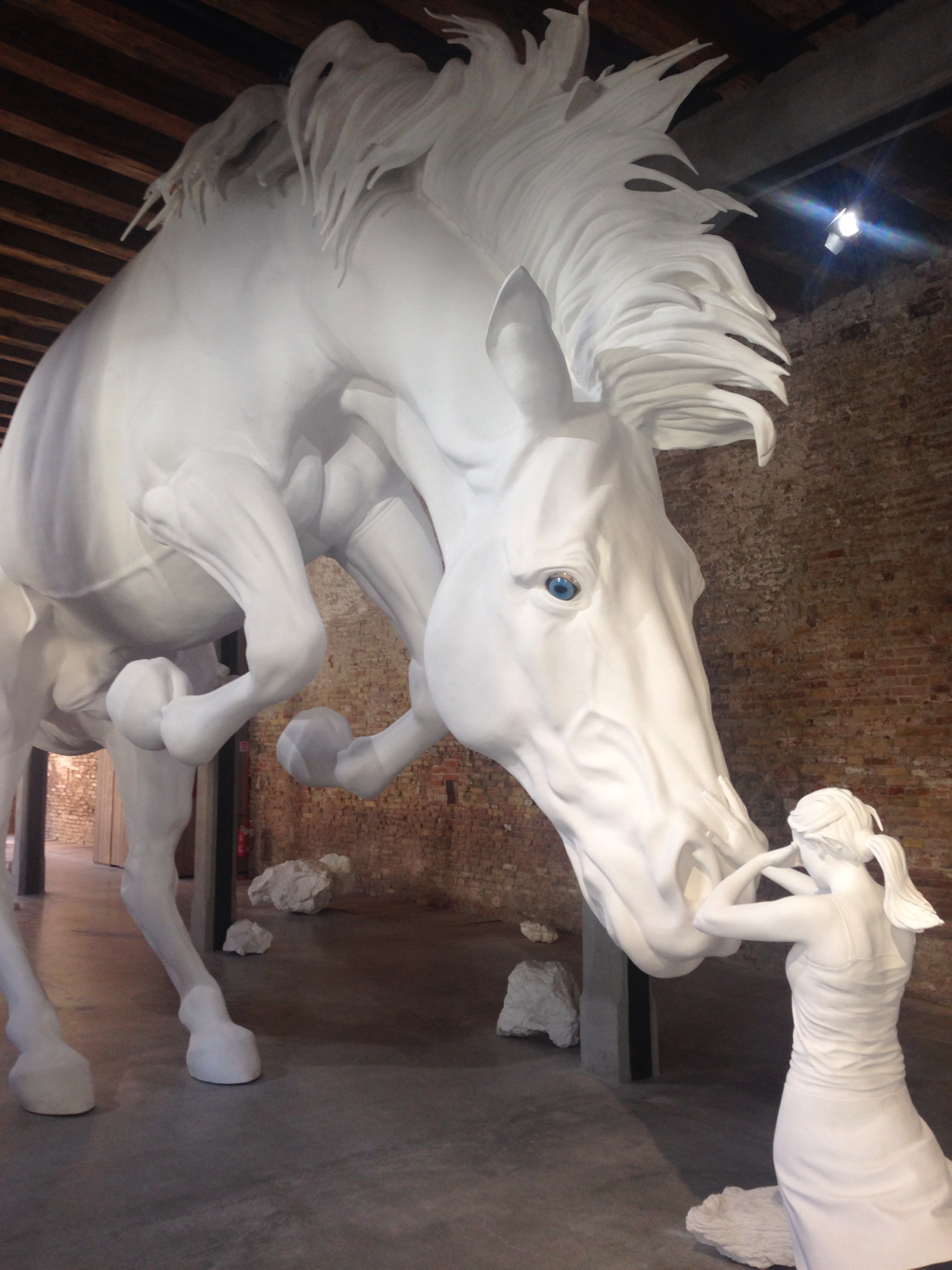
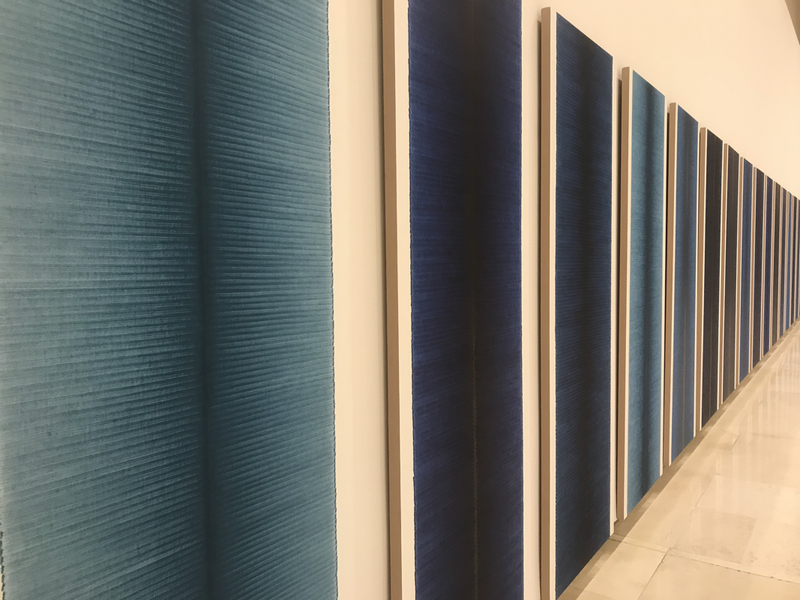
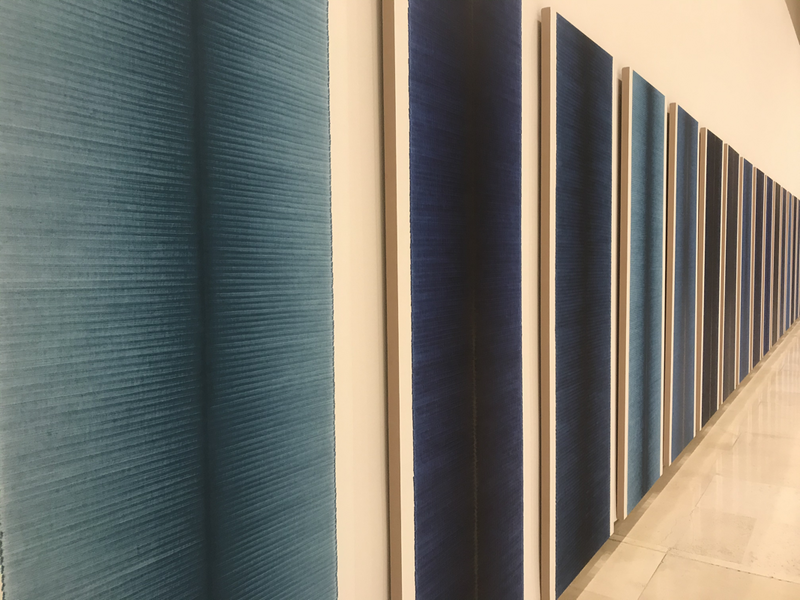
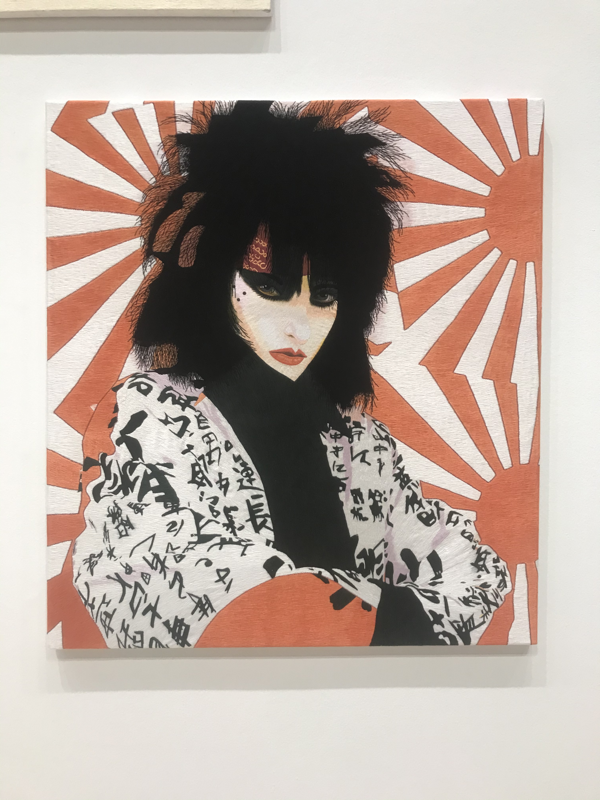
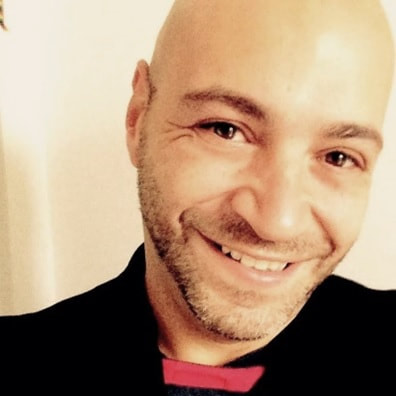
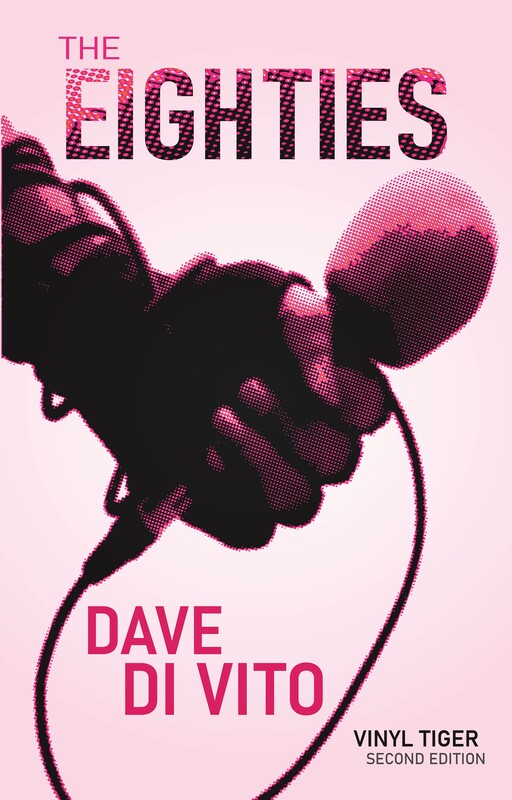
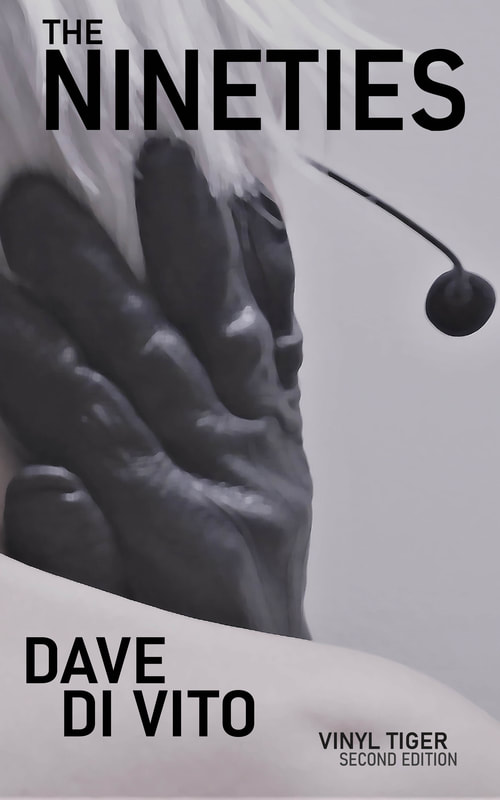
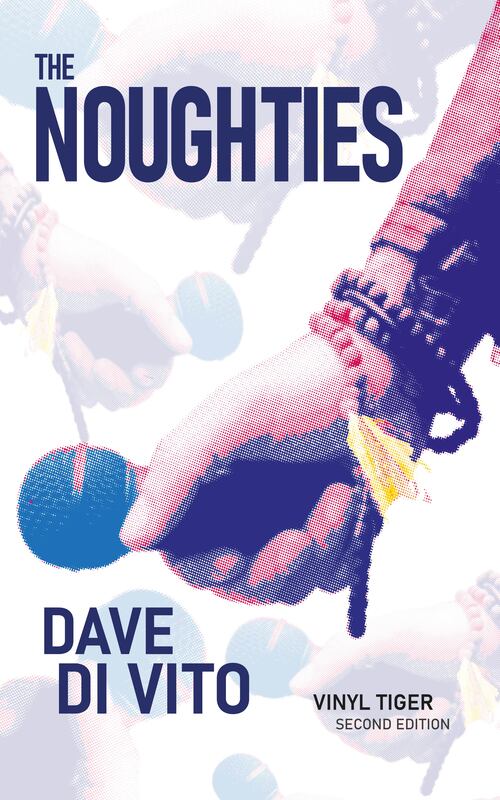
 RSS Feed
RSS Feed